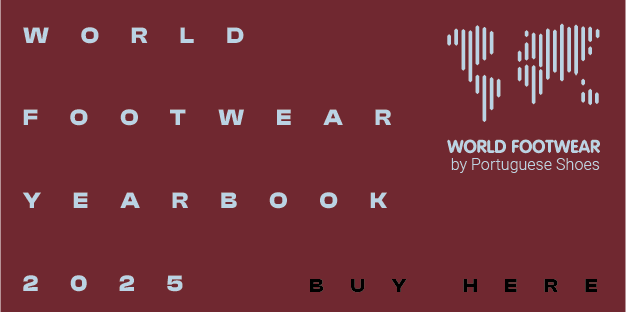Currency instability impacts Brazilian footwear trade

Currency instability has resulted in a negative performance of footwear exports in the first half of the year. Imports value showed first signs of growth in September
According to the Brazilian Shoe Manufacturers Association (Abicalçados) the local footwear industry has exported 10.4 million pairs of footwear in September, generating 84.7 million US dollars. Such results demonstrate a slight drop compared to August (-3.4%) and an increase of 3.6% compared with the same month last year. Between January and September, the footwear industry accumulated exports of 87 million pairs with a total value of 702.5 million US dollars, increasing both in value (+ 1.1%) and in volume (+ 0.5%), compared to similar period in 2015. Value of exports started to increase in August, after 7 months of declining sales abroad.
Heitor Klein, Executive President of Abicalçados, pointed out that the instability around the exchange rate has impacted the ability of the industry to obtain better result: "Earlier this year, we expected a positive performance throughout 2016. With the exchange rate instability caused by the economic crisis and Brazilian political, adding to the macroeconomic uncertainties, we have accumulated negative results in the first part of the year. Now, we can expect a better result than 2015, but the picture is still hazy”.
Between January and September, the main destination markets for Brazilian footwear were the United States, accounting for almost 23% of the total revenue. The US acquired 9 million pairs with a value of 159.7 million US dollars, growing both in volume (+ 16%) and value (+ 17%). Argentina, which follows, imported 7.3 million pairs for 83.35 million US dollars, growing by 17.8% in volume and 57% in value, compared to similar period last year. Amongst the main destinations for Brazilian footwear the only country with decreasing performance was France, which imported 6 million pairs with a total value of 40 million US dollars, falling 3.5% and 2.8%, respectively, when compared to the same period 2015.
The impacts of the currency instability are also starting to impact imports. In 2015 the Brazilian real devaluated around 50%, but since the beginning of the year until now the tendency has inverted, and the Brazilian currency it's on an upward movement (+20%). As a result, Brazilian footwear imports, which presented a significant decreasing path until August 2016, just increased 7.5% in value in September (compared to similar month in 2015).
Heitor Klein, Executive President of Abicalçados, pointed out that the instability around the exchange rate has impacted the ability of the industry to obtain better result: "Earlier this year, we expected a positive performance throughout 2016. With the exchange rate instability caused by the economic crisis and Brazilian political, adding to the macroeconomic uncertainties, we have accumulated negative results in the first part of the year. Now, we can expect a better result than 2015, but the picture is still hazy”.
Between January and September, the main destination markets for Brazilian footwear were the United States, accounting for almost 23% of the total revenue. The US acquired 9 million pairs with a value of 159.7 million US dollars, growing both in volume (+ 16%) and value (+ 17%). Argentina, which follows, imported 7.3 million pairs for 83.35 million US dollars, growing by 17.8% in volume and 57% in value, compared to similar period last year. Amongst the main destinations for Brazilian footwear the only country with decreasing performance was France, which imported 6 million pairs with a total value of 40 million US dollars, falling 3.5% and 2.8%, respectively, when compared to the same period 2015.
The impacts of the currency instability are also starting to impact imports. In 2015 the Brazilian real devaluated around 50%, but since the beginning of the year until now the tendency has inverted, and the Brazilian currency it's on an upward movement (+20%). As a result, Brazilian footwear imports, which presented a significant decreasing path until August 2016, just increased 7.5% in value in September (compared to similar month in 2015).










